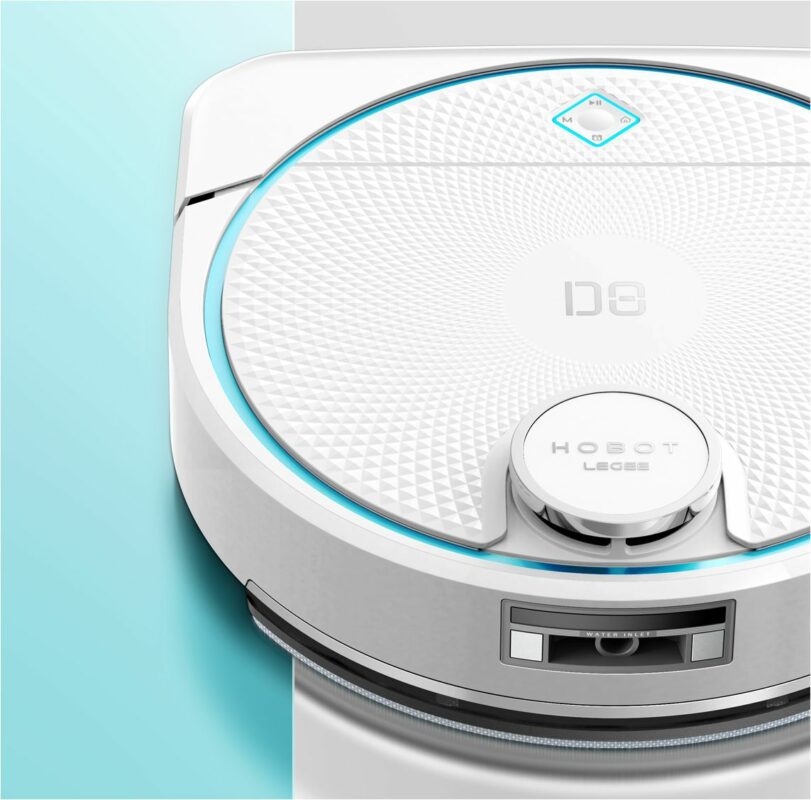In the ever-evolving landscape of smart technology, mopping robots have emerged as a convenient and efficient solution for maintaining clean and hygienic living spaces. These automated marvels combine the power of robotics, sensors, and intelligent algorithms to take the chore of mopping off our hands. In this blog, we'll explore the fascinating inner workings of mopping robots, shedding light on the science and technology behind their efficient floor cleaning capabilities.
Sensors: Navigating the Cleaning Landscape
At the heart of every mopping robot lies an array of sensors that enable it to navigate the cleaning environment effectively. These sensors play a pivotal role in ensuring the robot can identify obstacles, map the area, and determine the best cleaning path. Common sensors include:
- Ultrasonic Sensors: Emitting ultrasonic waves, these sensors measure the distance to objects around the robot. They help the robot avoid collisions and navigate around furniture and walls.
- Infrared Sensors: These sensors detect obstacles by emitting and receiving infrared light. They assist the robot in creating a real-time map of the cleaning area and adjusting its path accordingly.
- Cliff Sensors: Using infrared or optical technology, these sensors help the robot detect sudden drops, such as stairs or ledges, preventing it from falling and causing damage.
- Bump Sensors: Located around the robot's exterior, these sensors react to physical contact with objects. They serve as an additional layer of protection against collisions and help the robot change its direction when it encounters an obstacle.
Mapping and Navigation: Algorithms at Play
Mopping robots employ advanced algorithms to navigate and map the cleaning area efficiently. Simultaneous Localization and Mapping (SLAM) algorithms are commonly used. SLAM enables the robot to create a map of its surroundings while simultaneously tracking its own position within that map. This technology allows the robot to build a mental model of the environment, optimizing its cleaning path and avoiding redundancy.
Using the data collected from its sensors, the robot can plan its route, accounting for obstacles, walls, and furniture. As the robot moves through the space, it continually updates its map and refines its path, ensuring thorough coverage of the entire cleaning area.
Cleaning Mechanism: The Art of Efficient Mopping
A mopping robot's cleaning mechanism is a combination of water dispensing, scrubbing, and wiping. Here's how it works:
- Water Dispensing: Mopping robots typically have a water reservoir that holds the cleaning solution. Controlled by the robot's software, water is dispensed onto a mop or cleaning pad in predetermined amounts. This ensures an optimal dampness level for effective cleaning without leaving excessive moisture on the floor.
- Scrubbing Action: Many mopping robots are equipped with motorized scrubbing mechanisms. These mechanisms move the mop or cleaning pad in a back-and-forth motion, simulating the scrubbing action of traditional mopping. This mechanical action, combined with the damp mop, helps loosen and lift dirt, grime, and stains.
- Wiping and Drying: Once the scrubbing action is complete, the robot's mop or cleaning pad wipes the floor surface to remove the dislodged dirt and moisture. Some advanced models even come with a drying feature that ensures the floor is left almost dry, minimizing the risk of slips and falls.
Smart Connectivity and Control
Modern mopping robots often come equipped with smart connectivity features, allowing users to control and monitor the cleaning process remotely. Mobile apps and voice assistants enable users to start, pause, and schedule cleaning sessions from their smartphones or smart speakers. This level of control adds convenience and flexibility to the cleaning routine.
Battery Power and Charging
Given the energy-intensive tasks they perform, mopping robots require robust battery systems to ensure sufficient cleaning time. Most models are designed to automatically return to their docking stations when their battery levels are low. This feature ensures that the robot is always ready for its next cleaning session.
Conclusion
Mopping robots have indeed transformed the way we approach floor cleaning. Through a combination of sensors, navigation algorithms, and smart features, these robots bring efficiency, convenience, and effectiveness to the age-old task of mopping. As technology continues to evolve, we can anticipate even more sophisticated mopping robots that adapt to various floor types, offer enhanced obstacle avoidance, and provide customizable cleaning experiences. The future of automated floor cleaning is bright, and mopping robots are at the forefront of this revolution.






Comments